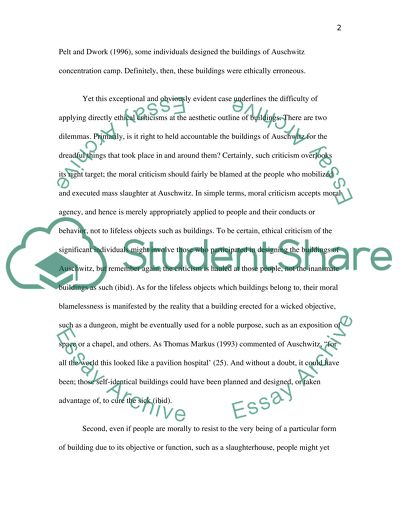Cite this document
(Aesthetics of Architecture: An Ethical Dilemma of the Industrial Age Research Paper, n.d.)
Aesthetics of Architecture: An Ethical Dilemma of the Industrial Age Research Paper. Retrieved from https://studentshare.org/architecture/1549662-philosophy-of-human-conductethics
Aesthetics of Architecture: An Ethical Dilemma of the Industrial Age Research Paper. Retrieved from https://studentshare.org/architecture/1549662-philosophy-of-human-conductethics
(Aesthetics of Architecture: An Ethical Dilemma of the Industrial Age Research Paper)
Aesthetics of Architecture: An Ethical Dilemma of the Industrial Age Research Paper. https://studentshare.org/architecture/1549662-philosophy-of-human-conductethics.
Aesthetics of Architecture: An Ethical Dilemma of the Industrial Age Research Paper. https://studentshare.org/architecture/1549662-philosophy-of-human-conductethics.
“Aesthetics of Architecture: An Ethical Dilemma of the Industrial Age Research Paper”. https://studentshare.org/architecture/1549662-philosophy-of-human-conductethics.


